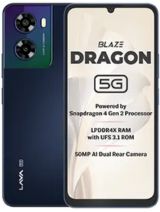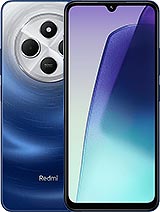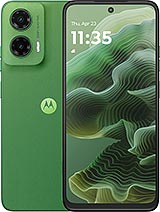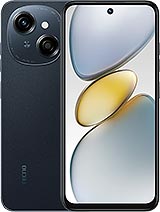Lava Yuva Star 4G alternatives
Tap above to see alternatives.
Samsung Galaxy F14 4G alternatives
Tap above to see alternatives.
Lava Yuva Star 4G

Lava Yuva Star 4G
-
Unisoc SC9863A
28 nm
-
5000 mAh
10W
-
6.75"
720 x 1600 pixels
-
13 MP
1080p@30fps
- Specs
Samsung Galaxy F14 4G

Samsung Galaxy F14 4G
-
Snapdragon 680
6 nm
-
5000 mAh
25W
-
6.7"
1080x2400 pixels
-
50 MP
1080p@30fps
- Specs
4x1.6 GHz Cortex-A55
4x1.2 GHz Cortex-A55
2.4 GHz, Quad core, Kryo 265
1.9 GHz, Quad core, Kryo 265
(wide), AF
f/1.8, (wide)
2 MP
f/2.4, (depth)
2 MP
f/2.4, (macro)
f/2.0, (wide)
SIM1: Nano, SIM2: Nano
SIM1: Nano, SIM2: Nano
In this performance comparison, the Samsung Galaxy F14 4G with its Qualcomm Snapdragon 680 (6nm) performs better than the Lava Yuva Star 4G with the Unisoc Unisoc SC9863A (28nm), thanks to superior chipset efficiency.
Samsung Galaxy F14 4G offers 2 years of OS updates, whereas Lava Yuva Star 4G provides 1 years. For security updates, Samsung Galaxy F14 4G offers 4 years of support compared to Lava Yuva Star 4G's 2 years.
Both Lava Yuva Star 4G and Samsung Galaxy F14 4G use LCD screens. In terms of smoothness, Samsung Galaxy F14 4G offers a higher 90 Hz refresh rate, ensuring fluid scrolling and animations. Both devices deliver the same brightness level at nits. Notably, Samsung Galaxy F14 4G offers a higher screen resolution, resulting in sharper visuals and more detailed content.
Both phones are equipped with the same 5000 mAh battery capacity. Samsung Galaxy F14 4G also supports faster wired charging at 25W, compared to 10W on Lava Yuva Star 4G.
Neither phone has an official IP rating for water and dust resistance.
¹ Scores can vary even with the same chipset due to RAM, thermals, and software optimization.








